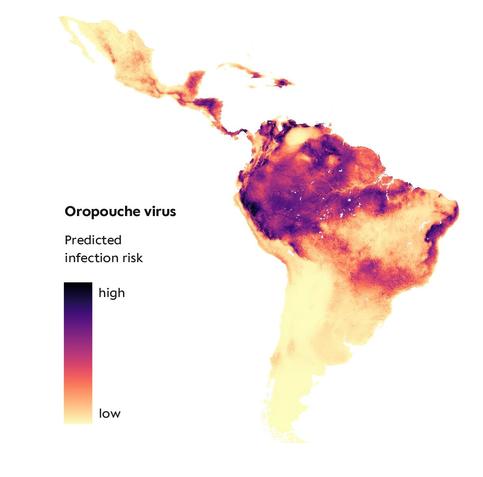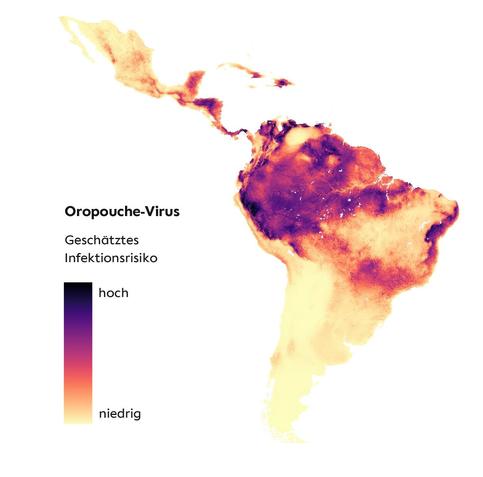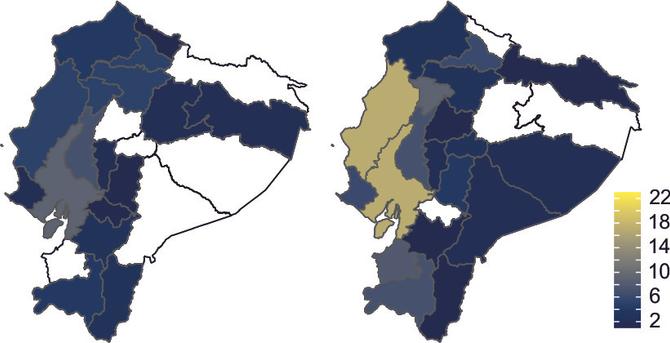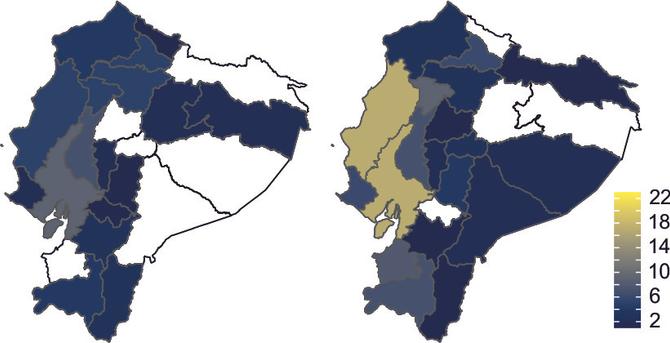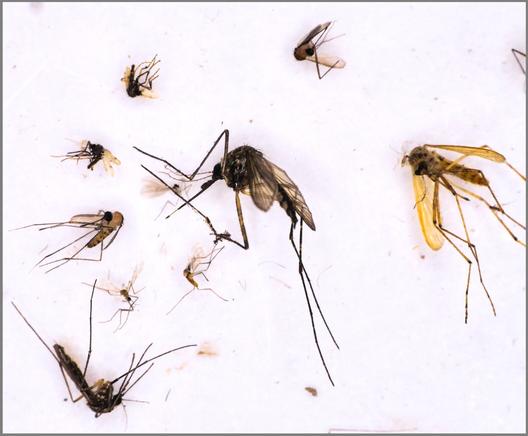While little is known about the mysterious #Oropouche virus in Latin America, a number of deaths have been reported along with impacts on unborn babies. A #CharitéBerlin study has discovered that the pathogen is more widespread than previously thought.
#CharitéVirology #CharitéPaper #medicine #science #research #ScienceMastodon #MedMastodon #Medibubble #LatinAmerica #travelling #virology
